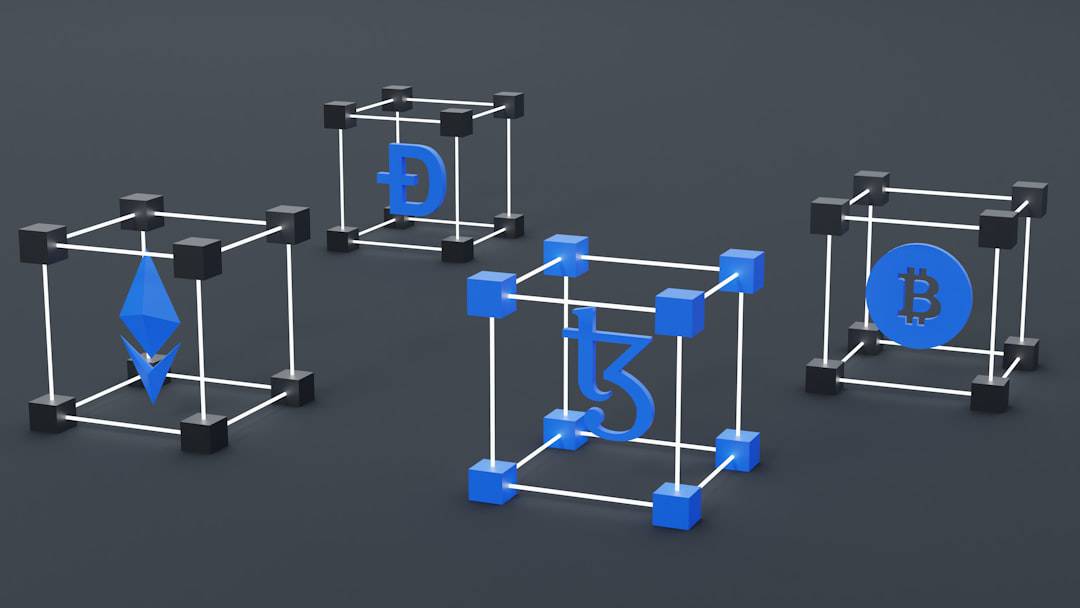Category: Neural Networks
-

Fully Convolutional Network: Revolutionizing Image Processing
Fully Convolutional Networks (FCNs) are a class of deep learning algorithms that have revolutionized image processing and computer vision tasks. Developed in 2015 by Jonathan Long, Evan Shelhamer, and Trevor Darrell, FCNs are specifically designed to handle visual data such as images and videos. Unlike traditional Convolutional Neural Networks (CNNs) that primarily focus on image…
-

Unlocking the Potential of Artificial Intelligence
Artificial Intelligence (AI) is a branch of computer science that aims to create intelligent machines capable of performing tasks typically requiring human intelligence. These tasks include learning, problem-solving, understanding natural language, and recognizing patterns. AI systems analyze large amounts of data, make decisions, and improve their performance over time. There are two main types of…
-

Revolutionizing Image Recognition with AlexNet
Image recognition is a fundamental aspect of artificial intelligence (AI) that enables computers to analyze and interpret visual information from digital images or videos. This technology has significantly impacted numerous sectors, including healthcare, automotive, and retail industries. A pivotal advancement in image recognition was the introduction of AlexNet, a deep convolutional neural network that substantially…
-

Unlocking the Power of Recurrent Neural Networks
Artificial Intelligence (AI) has been a rapidly evolving field, with the development of various machine learning algorithms and techniques. One such algorithm that has gained significant attention in recent years is the Recurrent Neural Network (RNN). RNNs are a type of neural network designed to recognize patterns in sequences of data, making them particularly well-suited…
-

Unveiling the Power of Autoencoders in Data Compression
Autoencoders are a specialized type of artificial neural network used in machine learning and artificial intelligence for data compression and representation learning. Their architecture consists of three main components: an input layer, a hidden layer, and an output layer. The input layer receives raw data, which is then compressed by the hidden layer and reconstructed…
-

Mastering TensorFlow: A Beginner’s Guide
Artificial Intelligence (AI) has become a prominent focus in the technology sector, with TensorFlow emerging as a key driver of this advancement. Developed by Google Brain, TensorFlow is an open-source machine learning library that facilitates the creation and deployment of machine learning models. It offers a comprehensive ecosystem of tools, libraries, and community resources, enabling…
-

Exploring the Power of DNNS in Modern Technology
Deep Neural Networks (DNNs) are advanced artificial neural networks consisting of multiple layers of interconnected nodes or neurons. These networks are designed to emulate the structure and functionality of the human brain, enabling them to process complex data and learn from it in a manner similar to human cognition. DNNs have become integral to modern…
-

Unleashing the Power of Deep Convolutional Networks
Deep Convolutional Networks (DCNs) are a specialized type of artificial neural network that have significantly advanced the field of artificial intelligence. They excel in various domains, including image recognition, object detection, natural language processing, medical imaging, and autonomous vehicle technology. DCNs are designed to emulate the human brain’s visual processing mechanisms, making them particularly effective…
-

Unleashing the Power of Deep Convolutional Neural Networks
Deep Convolutional Neural Networks (CNNs) are a type of artificial intelligence algorithm that has significantly advanced the field of computer vision. These networks are designed to process and analyze visual data, making them highly effective for tasks such as image recognition, object detection, and image classification. CNNs have become essential components in many modern technologies…
-

Revolutionizing Industries with AI, ML, and DL
Artificial Intelligence (AI), Machine Learning (ML), and Deep Learning (DL) are interconnected fields within computer science that focus on creating intelligent systems capable of performing tasks traditionally requiring human intelligence. AI encompasses the broader goal of developing machines that can learn, reason, solve problems, perceive, and understand language. ML, a subset of AI, concentrates on…
-

Unlocking the Power of Recurrent Neural Nets
Recurrent Neural Networks (RNNs) are a class of artificial neural networks designed to process sequential data. They are characterized by their cyclic connections, which allow them to exhibit dynamic temporal behavior. This architecture makes RNNs particularly effective for tasks involving time series data, natural language processing, and speech recognition. A key feature of RNNs is…
-

Unleashing the Power of Hopfield Networks
Artificial Intelligence (AI) has transformed problem-solving and decision-making across numerous domains. Neural networks, computational models inspired by the human brain’s structure and function, are a fundamental component of AI. Hopfield networks, a specific type of recurrent neural network named after John Hopfield, have garnered considerable interest due to their distinctive properties and AI applications. These…
-

Unlocking the Power of LSTMs for Advanced Natural Language Processing
Long Short-Term Memory (LSTM) is a specialized type of recurrent neural network (RNN) that has become prominent in natural language processing (NLP). LSTMs were developed to address the limitations of traditional RNNs in handling long-term dependencies within sequential data. In NLP applications, LSTMs have demonstrated exceptional performance in tasks such as language modeling, machine translation,…
-

Unleashing the Power of Neural Networks in Deep Learning
Neural networks are a key component of deep learning, a branch of artificial intelligence that emulates human brain function. These networks consist of interconnected nodes, similar to neurons, that process and transmit information. Each node receives input, processes it, and sends output to the next layer, continuing until the final layer produces a result. Deep…
-

Unlocking the Power of Neural Networks
Neural networks are a crucial element of artificial intelligence (AI), designed to emulate the information processing mechanisms of the human brain. These networks consist of interconnected nodes, often referred to as “neurons,” which collaborate to analyze and process complex data sets. The ability of neural networks to learn from data, recognize patterns, and make informed…
-

Unlocking the Power of Neural Nets
Neural networks are a fundamental component of artificial intelligence (AI) and are designed to mimic the way the human brain processes information. They consist of interconnected nodes, or “neurons,” that work together to process and analyze complex data. These networks can learn from data, identify patterns, and make decisions based on the information they receive.…
-

Unlocking the Power of Deep Neural Nets
Deep neural networks (DNNs) are a sophisticated form of artificial intelligence that emulates human brain function. These networks comprise multiple layers of interconnected nodes, or “neurons,” which collaborate to process complex data. DNNs excel at learning from vast amounts of labeled data, making them particularly effective for tasks like image and speech recognition, natural language…
-

Exploring the Power of Cellular Neural Network
Cellular Neural Networks (CNN) are a class of artificial neural networks inspired by biological neural systems. They consist of a grid-like arrangement of interconnected cells, each linked to its neighbors through weighted connections. This structure enables parallel information processing, mimicking the collaborative function of neurons in the brain. Each cell in a CNN operates as…
-

Unleashing the Power of Convolutional Neural Networks
Convolutional Neural Networks (CNNs) are deep learning algorithms specifically designed for processing and analyzing visual data, including images and videos. Inspired by the human visual cortex, CNNs excel at recognizing patterns and features within visual information. The primary components of a CNN include convolutional layers, pooling layers, and fully connected layers. Convolutional layers apply filters…
-

Unlocking the Power of Recurrent Neural Networks
Recurrent Neural Networks (RNNs) are a type of artificial neural network designed to process sequential data. Unlike feedforward neural networks, RNNs have internal memory that allows them to retain information from previous inputs, making them particularly effective for tasks involving time-dependent or ordered data. This capability has led to their widespread adoption in various fields…
-

Enhancing Image Recognition with Convolutional Neural Networks
Convolutional Neural Networks (CNNs) have revolutionized the field of image recognition and computer vision. CNNs are a type of deep learning algorithm that have proven to be highly effective in identifying and classifying images. The architecture of CNNs is inspired by the visual cortex of the human brain, making them particularly well-suited for tasks related…